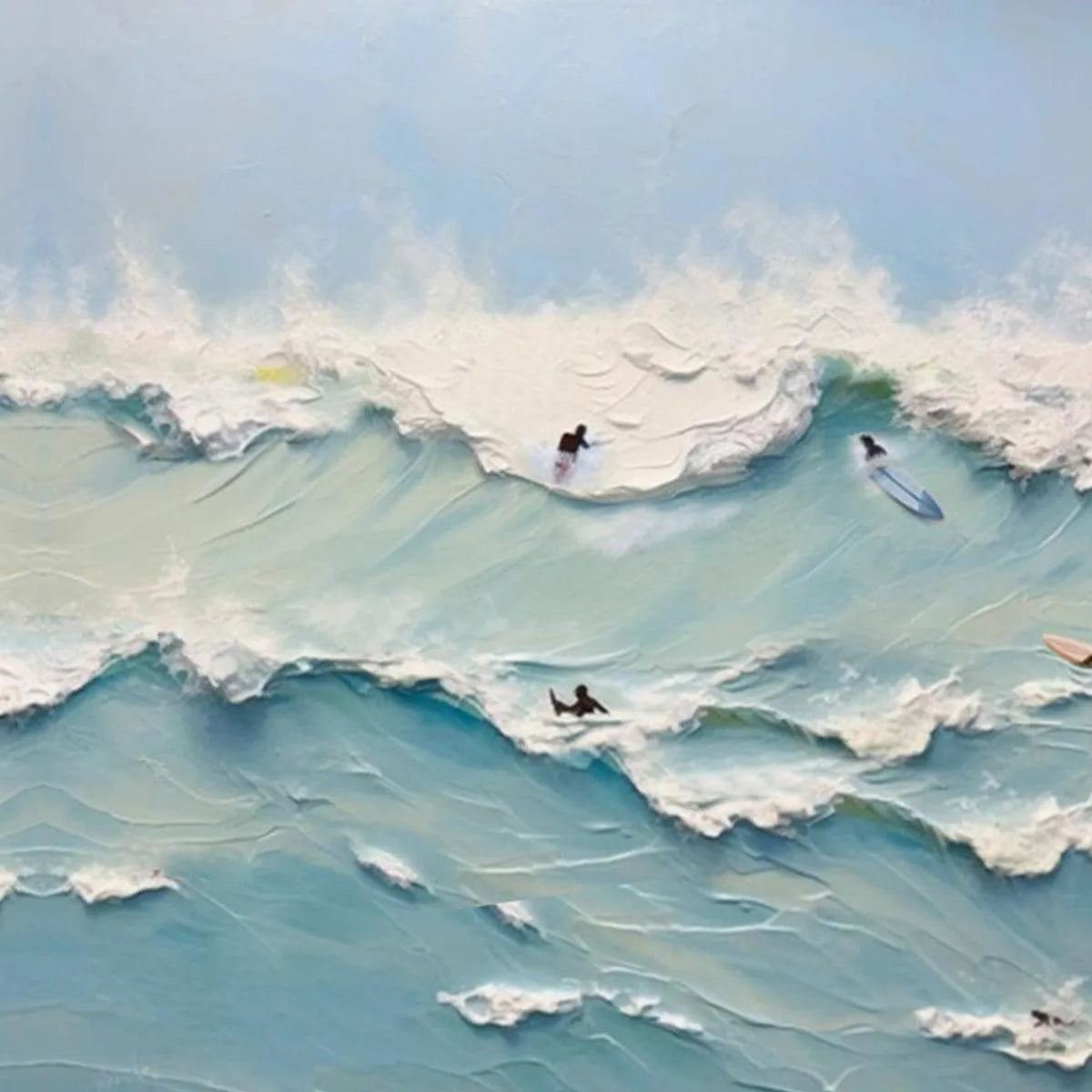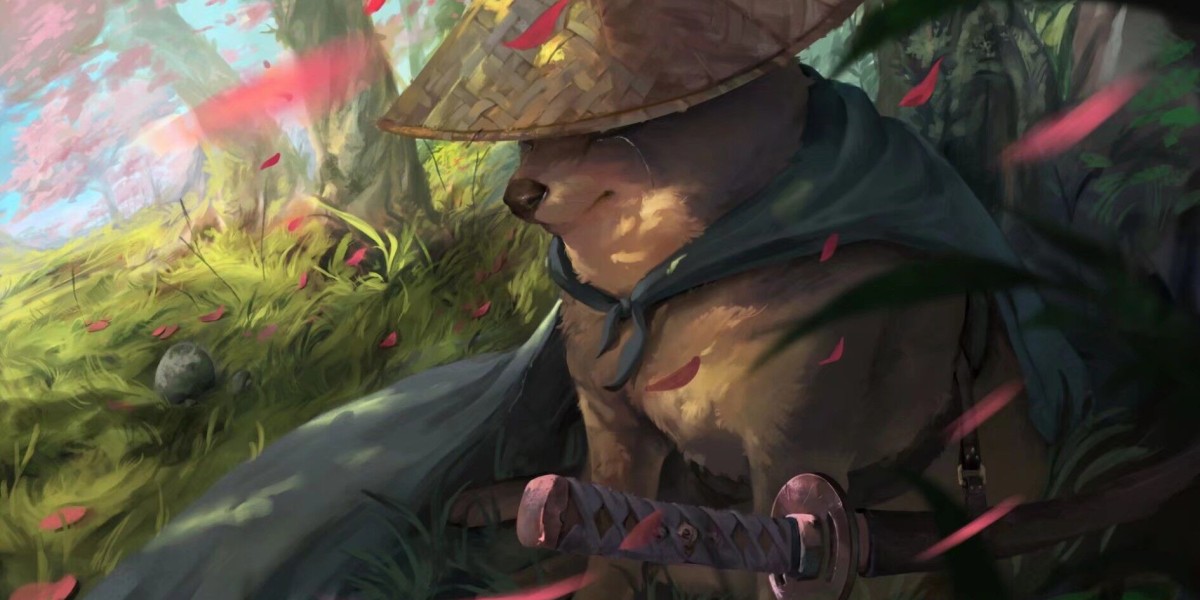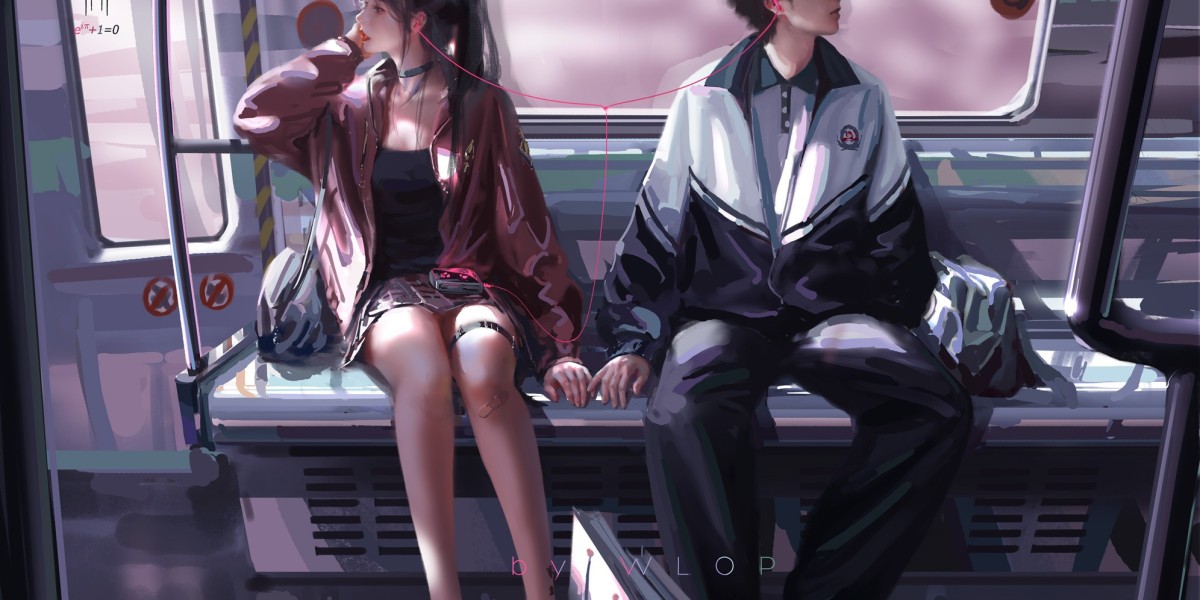Unlocking the Timeless Allure of Black and White Art: A Journey Through Styles and Techniques
Black and white art holds a unique place in the world of visual expression, captivating audiences with its striking simplicity and emotional depth. The absence of color invites viewers to engage more profoundly with the artwork, allowing them to focus on form, texture, and composition. This monochromatic approach can evoke a range of emotions, from nostalgia to stark realism, making it a powerful medium for artists throughout history. In this article, we will delve into the various styles and techniques of black and white art, tracing its historical roots and examining its enduring appeal. From the classical to the contemporary, the journey through black and white art reveals not just the artistry involved, but the rich stories behind each piece.

The Historical Context of Black and White Art
The origins of black and white art can be traced back to prehistoric times when early humans used charcoal and ochre to create cave paintings. However, it wasn't until the Renaissance that artists began to fully explore the potential of monochromatic techniques. Masters like Albrecht Dürer and Rembrandt van Rijn showcased the depth and intricacy achievable through chiaroscuro, a technique that utilizes strong contrasts between light and dark to create a sense of volume and three-dimensionality. The 19th century brought about significant developments with the advent of photography, which initially captured images in black and white, influencing painters to adopt similar styles. Movements such as Impressionism and later Expressionism further evolved the use of monochrome, allowing artists to convey emotion and atmosphere without the distraction of color. As we moved into the 20th century, black and white art found new life in minimalism and conceptual art, where the absence of color became a statement in itself. This rich historical tapestry illustrates the evolving nature of black and white art, influenced by cultural shifts and technological advancements.
Styles of Black and White Art
Black and white art encompasses a multitude of styles, each offering a unique interpretation of the absence of color. Realism is perhaps the most straightforward approach, focused on depicting subjects as they appear in the real world. Artists like Edward Hopper and Andrew Wyeth have mastered this style, using monochrome to highlight the subtleties of light and shadow in their work. In stark contrast, abstract art embraces non-representational forms, where the absence of color invites viewers to engage with the piece on an emotional and intellectual level. Artists such as Kazimir Malevich and Piet Mondrian employed black and white to distill their ideas down to their essence, challenging viewers to question their perceptions. Minimalism, another significant style, reduces forms to their bare essentials, creating a meditative experience that emphasizes simplicity and clarity. Each of these styles showcases how black and white art can be interpreted in diverse ways, allowing artists to convey complex ideas and emotions through a limited palette.
Realism in Black and White
Realism in black and white art seeks to represent life as it is, capturing the nuances of everyday moments. This style is significant as it allows artists to delve into the intricacies of human experience, often reflecting societal issues or personal narratives. Notable works include Dorothea Lange's photography during the Great Depression, which poignantly documented the struggles of American families. The stark contrasts in her images evoke deep empathy and understanding, showcasing the power of black and white to enhance storytelling. Artists like Ansel Adams, known for his breathtaking black and white landscapes, also exemplify realism, emphasizing natural beauty through sharp contrasts and texture. These works remind us of the profound impact that realistic representations can have, stirring emotions and provoking thought.
Abstract and Minimalist Approaches
In contrast to realism, abstract and minimalist black and white art embrace a more conceptual approach. Abstract artists often focus on form and structure rather than realism, using shapes and lines to convey emotion and provoke thought. For instance, the works of Franz Kline exemplify this style, where bold, sweeping strokes create dynamic compositions that invite interpretation. On the other hand, minimalist artists such as Donald Judd strip away unnecessary elements, focusing on the essence of form and space. The use of black and white in these styles emphasizes the purity of the artwork, encouraging viewers to engage with the piece on a more cerebral level. The absence of color allows for a deeper exploration of composition and texture, making each piece a contemplative experience.
Techniques Used in Black and White Art
Creating compelling black and white art involves a variety of techniques that enhance visual impact. One of the most fundamental techniques is shading, which allows artists to create depth and dimension within their work. By skillfully applying gradients from light to dark, artists can evoke a sense of realism or abstract complexity. Contrast plays a crucial role as well, with high contrast adding drama and tension to a piece, while low contrast can evoke subtlety and calmness. Texture is another vital element in black and white art; whether through the roughness of charcoal on paper or the smoothness of a photographic print, texture can significantly influence the viewer's experience. Techniques such as cross-hatching, stippling, and even digital manipulation allow artists to explore these elements creatively. Each technique contributes to the overall narrative of the artwork, guiding the viewer's emotional journey and enhancing the storytelling aspect of black and white art.
Embracing the Power of Black and White Art
Black and white art continues to hold a significant place in the contemporary art scene, transcending time and cultural boundaries. Its ability to convey complex emotions and ideas through simplicity is a testament to its enduring appeal. As we reflect on its rich history and diverse styles, it becomes clear that black and white art is not just a genre, but a profound means of expression that inspires both artists and audiences alike. Whether through the meticulous detail of realism or the bold statements of abstraction, black and white art invites us to look deeper and appreciate the beauty in the absence of color. I encourage readers to seek out and explore this timeless form of art, allowing it to inspire and provoke thought in their own lives.







